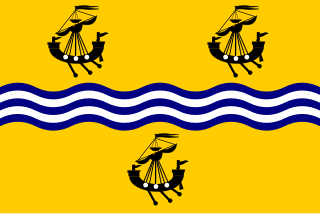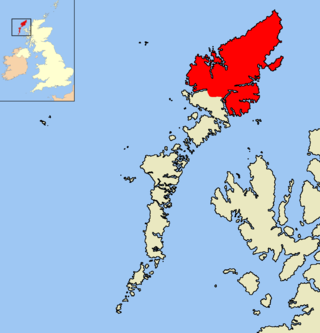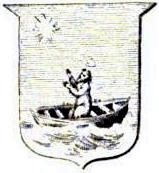Catholicism in the Outer Hebrides
Current status

The 2011 Scottish Census found that unlike those in the Northern islands, the people of the southern islands were predominantly Catholic. South Uist, the second most populated of the Outer Hebrides, was 90% Catholic, while Barra was 81.5% Catholic. The small islands of Eriskay (94%) and Vatersay (90%) were also heavily Catholic, while Benbecula, further north, was more evenly divided between Catholics (55%) and Protestants (45%), making the southernmost of the Outer Hebrides are the most Catholic parts of all of Scotland. The two most Catholic civil parishes in the entire country are in the Outer Hebrides: [5]
| Civil Parish | Council Area | % Catholic |
|---|---|---|
| South Uist | Na h-Eileanan Siar | 90 |
| Barra | Na h-Eileanan Siar | 81.5 |
| Port Glasgow | Inverclyde | 49.8 |
| Old Monkland | City of Glasgow | 46.3 |
| Greenock | Inverclyde | 41.0 |
History
From the earliest period to the Reformation
Little is known of the history of Catholicism in the Outer Hebrides prior to the 11th century. Christianity came to the region via the Irish. The Church had been established in Ireland no later than 400. Irish chieftains established the Kingdom of Dál Riata in what is today Argyll and the Inner Hebrides around the year 500. Moreover, according tradition the Irish monk St. Columba established an abbey on the small island of Iona off the coast of Mull in 563. These are the foundations of the spread of Catholicism to the Western Isles.[ citation needed ]
Supposedly St. Barr (or St. Finbarr), Bishop of Cork, visited the island of Barra and gave it his name in the late 500s. The ruins of a 12th-century church, Kilbar Church (Cille Bharra), can be seen today in the village of Eoligarry on Barra. There is speculation that this church was built atop an older chapel dating back to the seventh century. [6] Numerous monasteries and churches were established throughout the Hebrides in this period under the leadership of Iona. Seven existed in the Western Isles, including three in Lewis, one on Bernera, one at Kilcholmkill on North Uist, one at Kilcholambkille on Benbecula, and one at Howmore on South Uist. [7]
Norsemen began raiding the Hebrides in the 790s, with the most famous being the sacking of Iona Abbey and the murder of 68 monks there in 806. [8] Due to repeated attacks, the abbey was abandoned by 825 and all the Hebrides gradually fell under the control of pagan Vikings. For roughly two centuries Celtic Christians were forced to live under pagan rule. It seems that the Church throughout the Hebrides turned again to Ireland as Viking control had cut the region off from the rest of Scotland. The Norse converted, at least nominally, to Christianity in the eleventh century and the southernmost of the Western Isles were placed under the newly created Diocese of Sodor and Man (later the Diocese of the Isles).[ citation needed ]
The thirteenth century saw both the Church and the state in the Outer Hebrides begin shifting from Norse to Scottish rule. The first bishops from outside the Kingdom of the Isles sat in the bishop's chair of the Diocese of the Isles in the mid-13th century. Following the Treaty of Perth in 1266, all the Western Isles came under the formal rule of the King of Scotland, although real authority was exercised by the chief of the MacDonalds as Lord of the Isles.[ citation needed ]
The Church in the Hebrides remained part of the Diocese of the Isles until the Reformation. A 16th century description says this diocese was "the most scattered, and also one of the poorest, in the pre-Reformation Church [in] Scotland". [9] Few priests were present to serve the Church here, and those who did serve in the region secured their positions by clan ties rather than by piety, and were more interested in church income than in spreading the faith. On the eve of the Reformation, the Bishop of the Isles sent his relative Fr. Donald Munro to make an inventory of all the prominent parishes of the diocese. This document, Description of the Western Isles of Scotland , was written in 1549, and is the oldest known description of the Outer Hebrides. At the time there was one parish church on Barra and five on the islands of North Uist, Benbecula, and South Uist combined. Vatersay had a chapel.[ citation needed ]

















